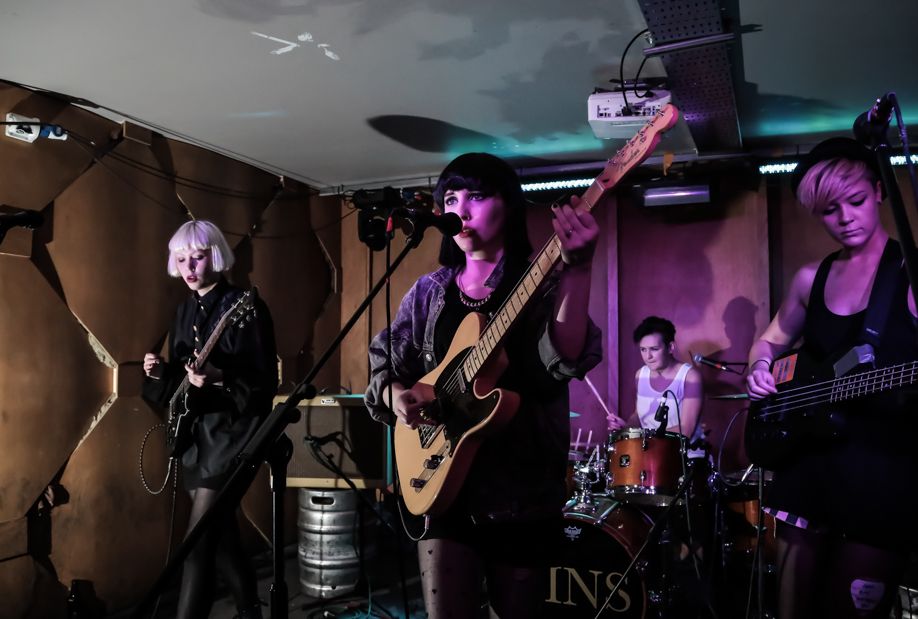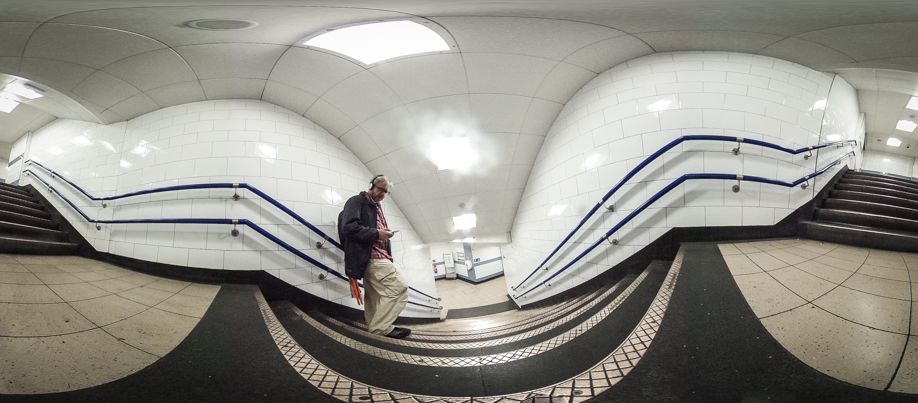Before I go on a shoot – either with a big camera or a mobile – I ask myself: what will I need? The range of different things I take can vary a lot. But one of the things I nearly always take with me is a tripod. For many reasons.
When photography began, tripods were essential because cameras could only produce pictures by long exposures. If anything in the frame moved, it would be blurred, but at least with the aid of a tripod to ensure the camera was still, all the non-moving objects would be relatively sharp. Today, our cameras can capture images with very short exposures so most of the time we don’t need a tripod. But sometimes we are forced to slow down our shutter speed due to low lighting. Any pictures taken with a hand-held camera and a shutter speed slower than 1/125 of a second risk having camera shake. But when light is in short supply and your aperture is as wide as it can be (and you have your ISO has sensitive as you can) sometimes the only way of obtaining a good exposure is by using a long exposure. In these cases, a tripod can be a useful way of keeping your camera still.
In the case of this photo, the gallery where I was shooting had quite low lighting but I wanted to ensure the paintings were captured clearly. A very high ISO would have caused some noise so I used a shutter speed of ⅙ of a second. This meant the passing person was blurred, but I think that added to the interest of the picture.
Blurring an object in an image can be an unwanted by-product of using a long exposure but sometimes (as in the picture above) it can be something you want to achieve. Some mobile cameras give only limited control over shutter speed, but some apps, like Slow Shutter Cam, allow you to set the speed at very slow levels. This opens up a lot of quite interesting creative possibilities, including the ability to create movement trails, caused by anything that is moving in the frame. To emphasise their effect, however, you need to ensure the rest of the picture is sharp – again, you need a tripod to do this. The picture shown below was taken with a mobile camera and a slow-shutter app to create the impression of movement in the traffic. But I had to use a tripod to ensure that the rest of the picture was sharp.
Similarly, if you use an HDR app, a tripod will be useful. Such apps take two or three frames with different shutter speeds and merge them together. Any movement between the frames may cause unwanted stutter in the image. Here’s an image where I used an HDR app to even out the bright lights and the darkness, and I used a tripod to keep the picture sharp.
Another way of dealing with low lighting is to use a flash. But if you want to avoid the classic flash shadow or if you just want to be a bit more creative, you can mount your flash on a tripod and trigger it remotely out of frame. In the picture below, I positioned a flash on a tripod to the left of the guitarist on the left. As well as allowing me to shoot at a fast shutter speed, it avoided the classic flash “look” and created some interesting lighting on the guitarist on the left – it also created quite a nice shadow with the drummer’s head.
Other apps and devices are becoming available where you might also want to trigger remotely – and mounting your camera on a tripod might be a good idea to get the best results. I use a Ricoh Theta camera, which takes two 180-degree images and stitches them together to make a 360-degree image. I mount the camera on a tripod and trigger the shutter remotely via my iPhone so that I can be at a distance from the camera, or not in the frame at all. Here’s an example (with me triggering the shutter):
One new app recently made available to millions of mobile photographers is Instagram’s Hyperlapse, which allows users to film a video and then speed it up by up to 12 times. Again, using a tripod could help to achieve the best results with this app.
Richard Gray
About the author: Richard Gray is @rugfoot on social media. He runs Instagram accounts for Islington Assembly Hall @islington_ah, where he is also the house photographer, and the Terry O’Neill Award @oneillaward






